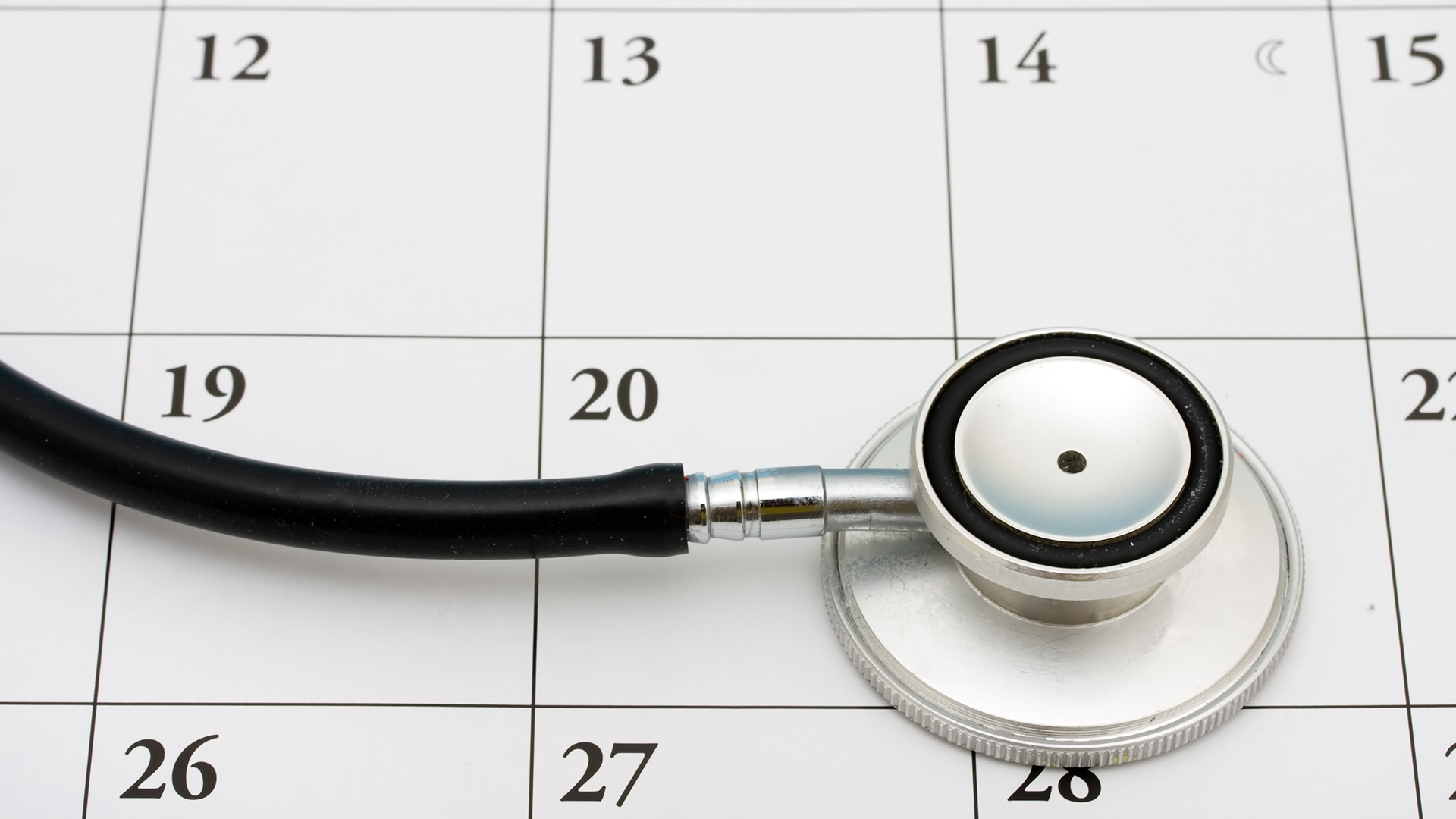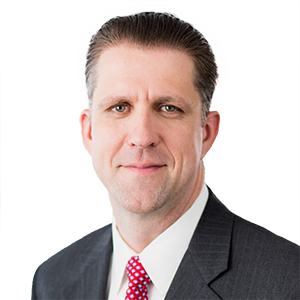As part of the most recent New York State budget, Governor Andrew Cuomo signed into law a new mandatory paid sick leave program affecting all New York employers. Under the law, all New York employers will need to provide their employees with paid or unpaid sick leave (whether or not related to the COVID-19 pandemic) as follows:
- For employers with 100 or more employees, up to 56 hours of paid sick leave per year must be provided to each employee.
- For employers with between five and 99 employees, and for employers with fewer than five employees but with a net income in excess of $1 million during the previous tax year, up to 40 hours of paid sick leave per year must be provided to each employee.
- For employers with fewer than five employees with a net income of $1 million or less during the previous tax year, up to 40 hours of unpaid sick leave per year must be provided to each employee.
The law takes effect on September 30, 2020. However, while employees begin to accrue sick leave as of that date (see below), employees do not have the right to use accrued sick leave until January 1, 2021.
We expect New York State to issue further guidance under the law in the coming months. New York employers will want to prepare and adopt a sick leave policy that complies with the law in advance of January 1, 2021.
How do employees accrue sick leave under the law?
Employees accrue one hour of sick leave (paid or unpaid, as described above) for every thirty hours worked. For employees hired before the program's effective date (September 30, 2020), accruals do not begin until that date. As an alternative to monitoring hours worked and periodic sick leave accruals, an employer may front load the sick leave and grant the entire entitlement to the employee as of the first day of the year.
For what purposes can an employee use sick leave?
An employee can use sick leave for: (1) a health condition of the employee or a covered family member, including diagnosis, care, or treatment; (2) preventative care for the employee or a covered family member; or (3) certain absences related to the employee or a covered family member being the victim of domestic violence, a family offense, a sexual offense, stalking, or human trafficking. The law makes clear that an employee who perpetrates one of these offenses against a family member is not entitled to sick leave.
What conditions can employers place on the use of sick leave?
Employers may set a minimum increment (block of time) in which sick leave may be used, as long as such increment is not greater than four hours. An employer may not require an employee to disclose confidential information related to health status or status as a victim of one of the above-noted offenses as a condition to an employee using sick leave. Precisely what information will be deemed "confidential" is unclear at this time. Presumably, an employer will at least be permitted to require an employee to certify that they are using sick leave for a permitted reason.
When paid sick leave is required, how much "pay" is required?
An employee is entitled to be paid their regular rate of pay (assuming that it is at least minimum wage) when using paid sick leave. Presumably, New York State will provide guidance as to how this regular rate is determined when an employee's pay can vary (for example, due to a commission arrangement).
What are the rules for carrying over unused sick leave for one year to the next?
Unused sick leave is carried over from one year to the next. The law does not limit the amount of this carryover. However, the use of sick leave during any year can be limited to 56 hours (for employers with 100 or more employees) or 40 hours (for employers with fewer than 100 employees).
Does unused sick time have to be paid out on termination of employment?
No, unless an employer establishes a policy or enters into a contract providing for such payout. When drafting sick leave policies, employers should clearly state that unused sick leave will not be paid out on termination of employment.
What if an employer already provides sick leave?
If the employer's sick leave program already meets or exceeds the requirements of the New York State law (including its accrual, carryover, and use rules), then the employer does not have to provide additional sick leave.
Can an employer and a union negotiate a separate sick leave program in lieu of New York's required sick leave benefits?
Yes. The law specifically permits a collective bargaining agreement to either provide a comparable benefit or negotiate a sick leave program that differs from the law, provided that, in either case, the collective bargaining agreement acknowledges the New York State law and, presumably, specifies that the parties are knowingly entering into an alternative sick leave arrangement.
What other protections does the law provide to employees?
Upon returning to work from sick leave, employees must be restored to the same position with the same pay and same terms and conditions of employment. In addition, employees are protected from retaliation for exercising their rights under the new law.
What other obligations do employers have under the law?
If an employee requests information about their sick leave benefits, then an employer must provide the employee with a summary of the amounts of sick leave accrued and used by the employee in the current year and/or in any previous year. This summary must be provided to the employee within three business days of the employee making the request. Also, employers must maintain for at least six years records of the amount of sick leave provided to its employees.
Does the New York State sick leave law preempt the existing New York City and Westchester County sick leave laws?
No. Employers subject to multiple sick leave laws in New York State will need to ensure that their sick leave programs and written policies comply with each applicable law. In addition, we anticipate that New York State will issue guidance addressing how leave under this new law interacts with leave under New York State's existing Paid Family Leave (PFL) law in those instances where the reason for the leave qualifies under both laws.
For how long will this law be in effect?
Unlike some recent federal and New York State laws that provide paid time off for certain reasons related to COVID-19, which are currently scheduled to sunset on December 31, 2020, this comprehensive New York State paid sick leave law is intended to be in effect permanently.





